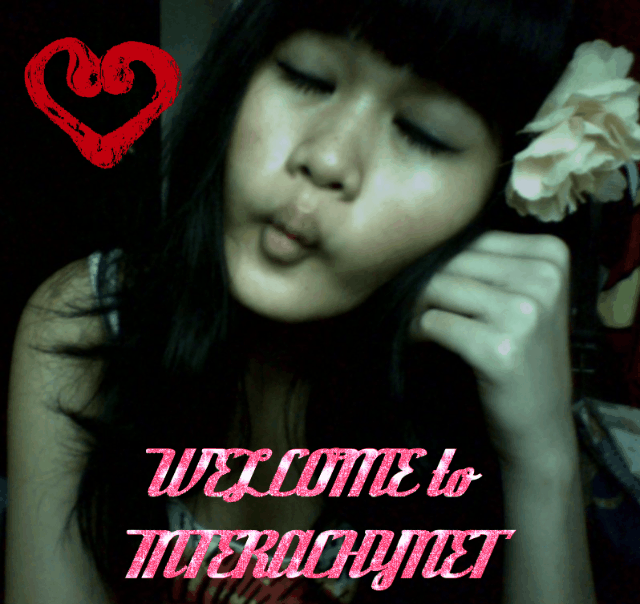The Anti-PC
The name Surface comes from "surface computing," and Microsoft envisions the coffee-table machine as the first of such many device.Surface computing uses a blend of wireless protocols, special machine-readable tags and shape recognition to seamlessly merge the real and the virtual world — an idea the Milan team (the code word for the name of the project), refers to as "blended reality." The table can be built with a variety of wireless transceivers, including Bluetooth, WiFi and (eventually) radio frequency identification (RFID) and is designed to sync instantly with any device that touches its surface.
One of the key components of surface computing is a "multitouch" screen. It is an idea that has been floating around the research community since the 1980s and is swiftly becoming a popular product interface — Apple's new Iphone has multitouch scrolling and picture manipulation. Multitouch devices accept input from multiple fingers and multiple users simultaneously, allowing for complex gestures, including grabbing, stretching, swiveling and sliding virtual objects across the table. And the Surface has the added advantage of a horizontal screen, so several people can gather around and use it together. Its interface is the exact opposite of the personal computer: cooperative, hands-on, and designed for public spaces.
If it seems as though the Surface machine sprang up out of nowhere, that's only because Microsoft has been unusually secretive about it. Early designs of the table were displayed around the room as evidence of the product's long development cycle; rejected shapes included "squashed white egg" and "podium." Steven Bathiche, research manager for the project, has been involved since the beginning (in 2001) when he and fellow researcher Andy Wilson first dreamed up the idea of a tabletop computer. Bathiche spoke about theMilan
To have this technology as part of the e learning process in the future would be very helpful in my opinion. According to the Bloom's Taxonomy which divides educational objectives into three dimension (cognitive, affective & psychomotor), this technology would help tremendously in these aspects and objectives in helping to aid in learning processes. Even better, it might get children to be more hands-on and participative in the classroom and thus enriching their learning experiences.
One of the key components of surface computing is a "multitouch" screen. It is an idea that has been floating around the research community since the 1980s and is swiftly becoming a popular product interface — Apple's new Iphone has multitouch scrolling and picture manipulation. Multitouch devices accept input from multiple fingers and multiple users simultaneously, allowing for complex gestures, including grabbing, stretching, swiveling and sliding virtual objects across the table. And the Surface has the added advantage of a horizontal screen, so several people can gather around and use it together. Its interface is the exact opposite of the personal computer: cooperative, hands-on, and designed for public spaces.
If it seems as though the Surface machine sprang up out of nowhere, that's only because Microsoft has been unusually secretive about it. Early designs of the table were displayed around the room as evidence of the product's long development cycle; rejected shapes included "squashed white egg" and "podium." Steven Bathiche, research manager for the project, has been involved since the beginning (in 2001) when he and fellow researcher Andy Wilson first dreamed up the idea of a tabletop computer. Bathiche spoke about the
To have this technology as part of the e learning process in the future would be very helpful in my opinion. According to the Bloom's Taxonomy which divides educational objectives into three dimension (cognitive, affective & psychomotor), this technology would help tremendously in these aspects and objectives in helping to aid in learning processes. Even better, it might get children to be more hands-on and participative in the classroom and thus enriching their learning experiences.


No comments:
Post a Comment